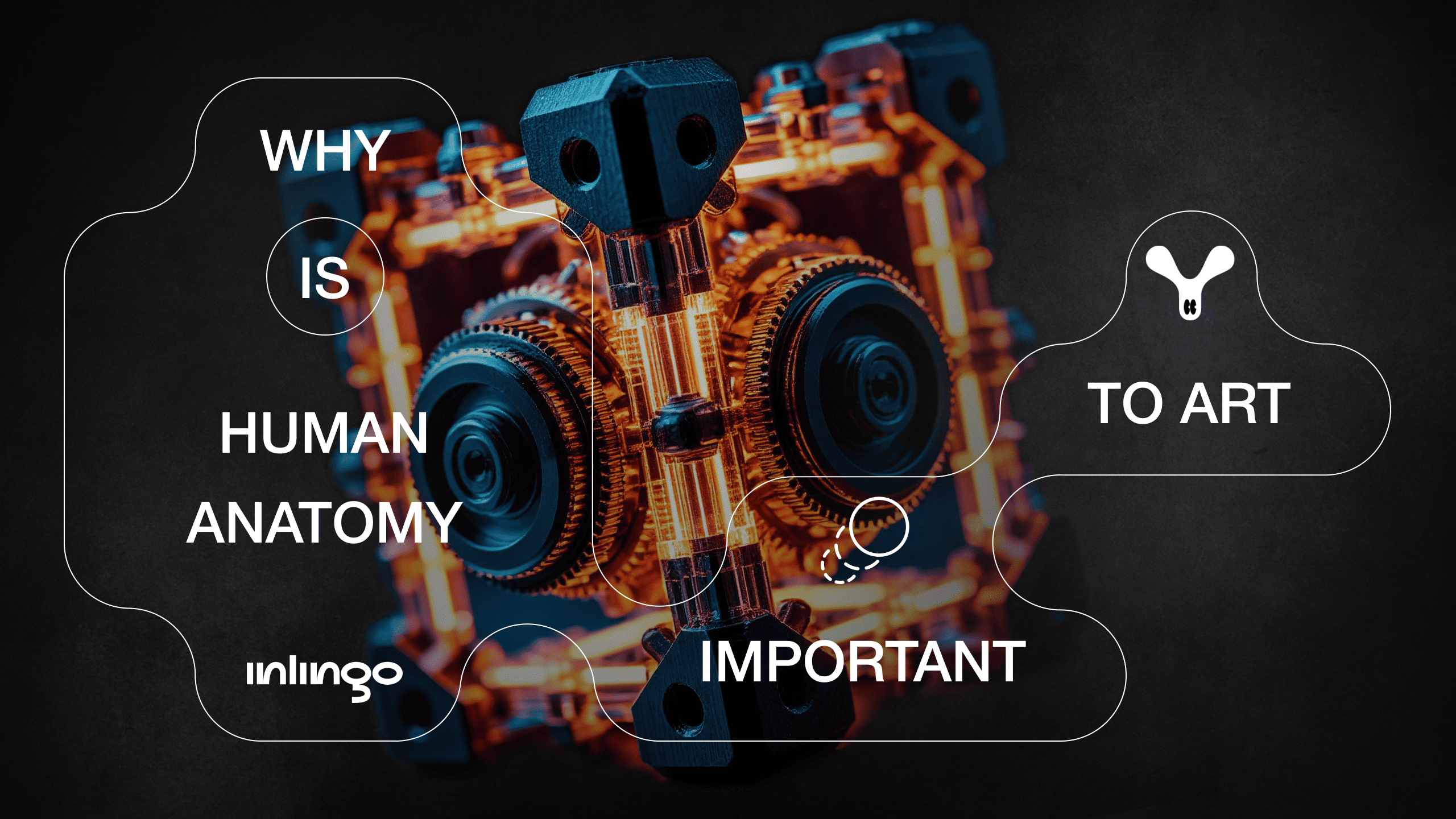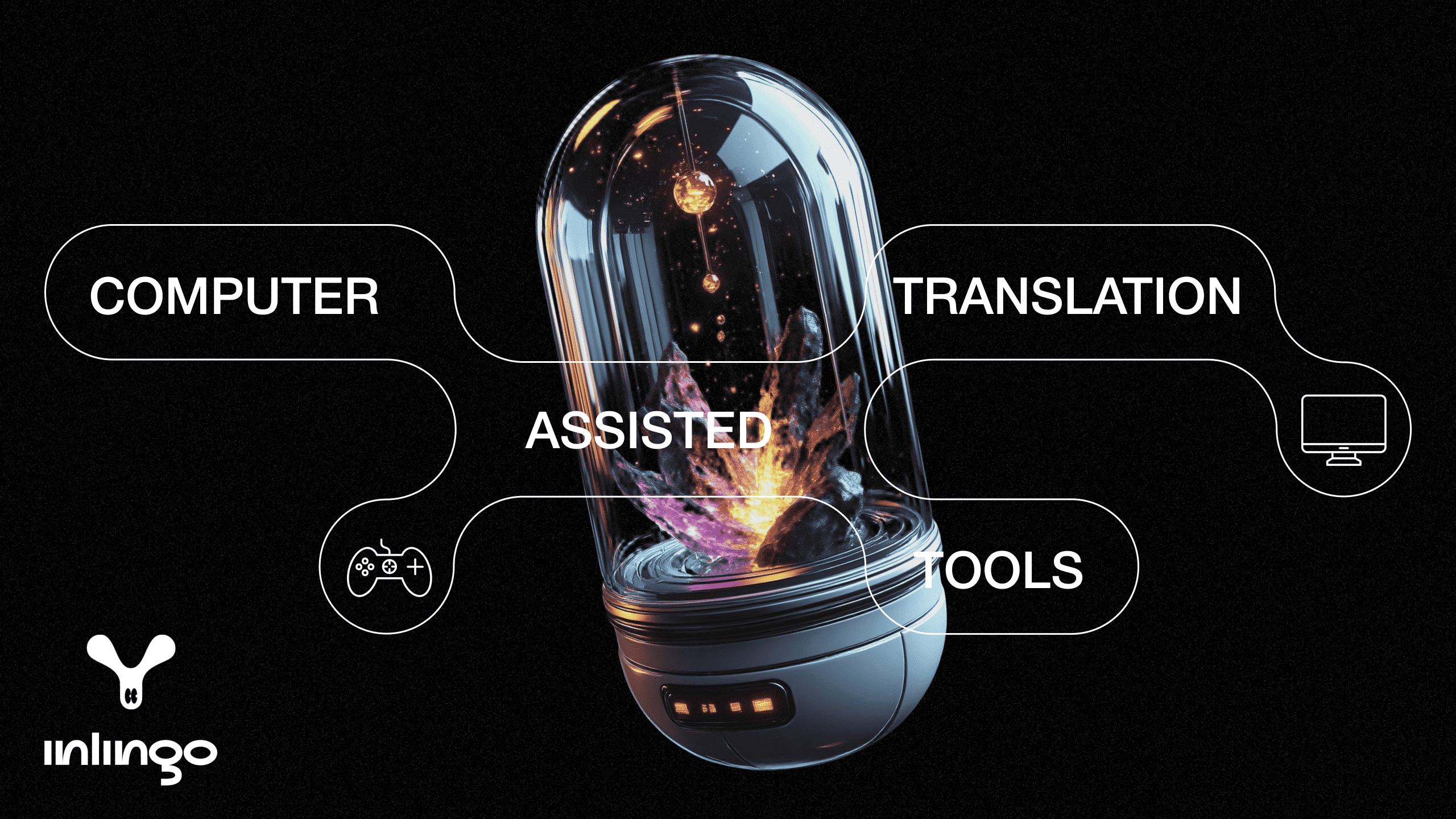Video game concept art isn’t simply about stunning visuals—it’s a crucial development stage that shapes the entire look and feel of a game. It defines the visual direction, sets the tone, and streamlines the production process. Without a well-thought-out concept, it’s nearly impossible to achieve a cohesive visual style, keep players immersed, or ensure smooth collaboration across teams.
In this article, we’ll explore what concept art is, the role it plays in game development, the different types that exist, and how it all comes together.
What is Concept Art?
Concept art is the foundation of a game’s visual development. These aren’t the final images players will see on screen; they’re visual sketches and detailed drafts that guide the team toward a unified direction. A concept can be anything from a rough sketch to a polished illustration, but its purpose isn’t beauty—it’s clarity of vision.

Example of concept art and the final in-game character. Source
Artists create concepts for characters, environments, props, interfaces—everything that will appear on screen. These images serve as the blueprint for 3D modeling, animation, game design, and even narrative development. Concept art saves time and resources by allowing teams to explore and finalize visual decisions before full-scale production begins.
Real-World Examples From Games
- The Last of Us
Naughty Dog leans heavily on concept art to craft the haunting atmosphere of its post-apocalyptic world. The concepts of crumbling cities helped the team capture the contrast between human tragedy and the beauty of nature. Early concept sketches show how artists explored decaying architecture, experimented with lighting, and set the emotional tone.

One of the game’s earliest pieces of concept art. Source
- Horizon Zero Dawn
To bring to life a world where prehistoric tribes hunt robotic dinosaurs, Guerrilla Games embarked on an ambitious visual and research journey. Concept artists created hundreds of designs for machines, weapons, tribes, and biomes. Originally, the game world leaned more toward traditional sci-fi, but the concept art helped pivot the focus to a powerful contrast between nature and technology.

Early concept art. Source
Concept art is what transforms raw ideas into compelling, immersive worlds. It helps define the artistic vision, lock in stylistic techniques, and prevent chaos during production. In the best games, from AAA blockbusters to indie gems, concept art is where unforgettable universes begin.
What Concept Art Brings to Games
Boosts Player Engagement
A well-crafted visual concept breathes life into the game world and its elements. Players are far more eager to dive into the story when they see a universe that feels coherent and thoughtfully built—where every detail, from a soldier’s armor to a street lamp, aligns with the game’s overall aesthetic and narrative logic.
Streamlines Team Communication
Games aren’t made by one person. They’re the product of collaboration between artists, designers, programmers, writers, and animators. Concept art acts as a shared visual language, helping everyone stay on the same page and reducing miscommunication and rework.
Reduces development errors
When the visual direction is approved early on, studios avoid costly revisions during later stages of production. Clear concept art enables faster, smarter design decisions throughout the game’s development.
Guides Asset Creation
Concept art lays the foundation for 3D artists and modelers to bring the game world to life, whether it’s crafting characters or building environments. Without a solid visual blueprint, production can quickly become disorganized.
Drives Narrative Development
Concept art doesn’t only support the story—it can inspire it. Artists’ visual ideas often create new plot twists, character arcs, or even entirely new locations.
Types of Concept Art in Video Games
Concept art in video games just doesn’t cover characters—it brings the entire visual world to life, from sweeping landscapes to the smallest pieces of gear. Each element demands a unique artistic approach, its own internal logic, and creative vision. Let’s break down the main types of concept art and explore how they help craft immersive, believable game universes.
Characters
Designing heroes and NPCs is one of the cornerstone phases of video game development. A character’s visual style reflects their personality, role in the game, backstory, and place in the world. Whether it’s a bold protagonist, a memorable villain, or a quirky minor merchant with a distinct silhouette, character design brings them to life.
In Overwatch, each character features a unique visual identity that mirrors their persona and gameplay function. A standout example is Widowmaker. Several early designs were considered, all centered around her helmet with multiple glowing red eyes. The developers noticed a resemblance to a spider’s gaze and ran with it. The result? A design dripping with arachnid-inspired detail and menace.
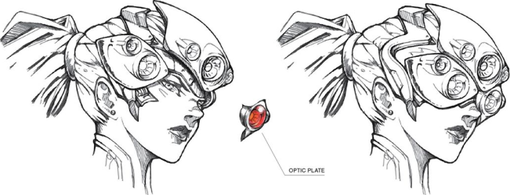

Widowmaker: concept art and final product. Source
Creatures
The visual concepts of fantastical and realistic creatures set the tone for the entire environment. Detailed anatomy, textures, poses, and expressions make monsters and animals feel like a natural part of the world.
In Horizon Zero Dawn, developers created a cast of unforgettable mechanical creatures like the Scrapper, Thunderjaw, Watcher, and dozens of others. Their designs blend traits of real-world animals with futuristic machine aesthetics (and elements), making them both striking and believable parts of the game’s ecosystem.

Scrapper — an Acquisition Class machine. Source
Environments
Forests, cities, wastelands, dungeons—each setting demands its own visual treatment. Environmental concept art helps create atmosphere, lighting, weather, and architectural style.
In Bloodborne, concept art was crucial in crafting the haunting, gothic ambiance of Yharnam. The intricate architectural sketches and use of shadow and light helped to convey an overwhelming sense of dread and despair that defined the game’s mood.

Yharnam in concept art. Source
Architecture
Architectural concept art shapes the scale, logic, and aesthetic of the game world. Artists design castles, villages, labs, and more — always with gameplay functionality in mind.
In The Last of Us, building concepts helped bring to life a convincing post-apocalyptic world, where nature slowly reclaims the ruins of human civilization. This visual storytelling reinforced the game’s core themes of loss and post-disaster survival.
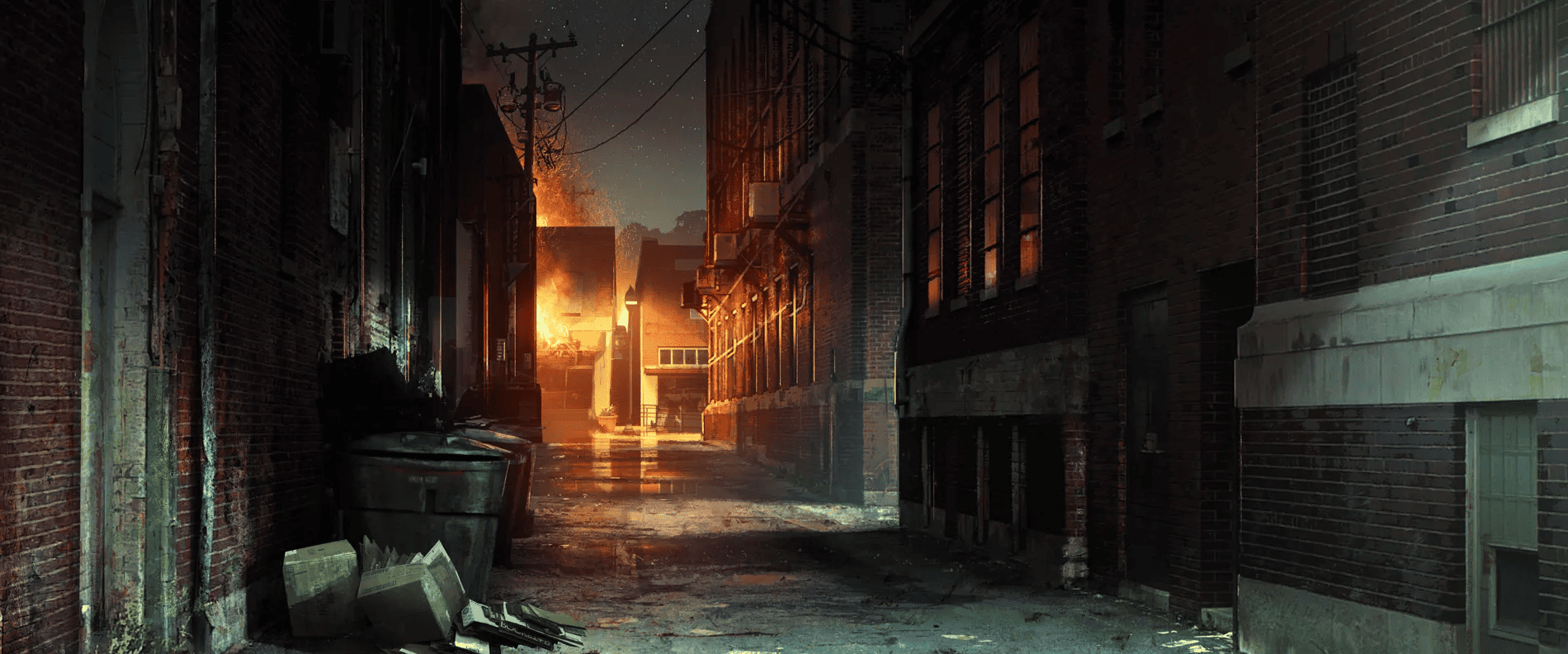
Architecture in The Last of Us. Source
Vehicles / Transport
From spaceships and bikes to imaginative contraptions, vehicles need detailed visual planning. Their design must reflect how they work, what they feel like to use, and how they fit the game’s overall style.
In Cyberpunk 2077, vehicles like the Quadra Type-66 were built around a retro-futuristic vibe. Their design blends classic car aesthetics and high-tech features that perfectly capture the atmosphere of the game.

Quadra Type-66. Source
Weapons & Props
Swords, shields, mystical artifacts, UI elements—every prop must be functional and visually compelling. Concept art determines the shape, materials, and decorative details of these objects.
In God of War, Kratos’ signature weapon, the Leviathan Axe, was meticulously crafted during the concept art phase to capture both his mythological roots and raw power. Every detail and ornament etched into the weapon highlights its uniqueness and narrative importance.

The Leviathan, and the transformations it underwent. Source
Who Exactly Is a Concept Artist? Skills and Knowledge
A concept artist is a pivotal figure in the video game development process. They are the visionaries behind a game’s visual identity, transforming abstract ideas into vivid, tangible concepts.
Their mission? To lay the creative groundwork for future game assets, set the tone and atmosphere, define the visual style, and ensure every design choice supports the project’s overall vision. Let’s take a closer look at the skills and knowledge required for this.
Drawing & Design
Concept artists are fluent in both classical drawing and modern digital techniques. Their toolbox includes the ability to:
- Rapidly visualize ideas—from loose sketches to fully rendered artwork;
- Shape compelling designs using form, composition, and color;
- Understand proportion, perspective, and anatomy—especially vital when designing characters and creatures;
- Apply design principles to create believable and functional elements like weapons, architecture, vehicles, and more.
Example: In The Legend of Zelda: Breath of the Wild, many in-game objects are built around clean, simple silhouettes that are instantly recognizable—even from afar. That clarity of form is no accident. It’s the result of masterful design by artists who know how to read shapes and bring them to life through drawing.

The Legend of Zelda: Breath of the Wild. Source
Creative Vision & Research
Before a single line is drawn, a concept artist dives headfirst into research. They:
- Gather references, from historical costumes to iconic architectural styles;
- Explore the culture, aesthetics, and atmosphere of the world they’re about to bring to life;
- Analyze visual trends and familiar genre tropes;
- Craft bold, original visual solutions that stay true to the game’s overall concept.
Example: In Assassin’s Creed Origins, artists delved into the architecture and artifacts of Ancient Egypt. Their goal? To create a world that felt historically authentic yet visually stylized to serve the demands of game design.

Assassin’s Creed Origins. Source
Understanding & Interpreting the Project
A concept artist doesn’t work in isolation; they’re a vital part of a larger creative team:
- They receive tasks from art directors, writers, and game designers;
- They decode written briefs and transform them into compelling visual ideas;
- They pitch concepts, gather feedback, and refine their designs.
It’s not simply about artistic talent—listening, understanding the team’s goals, and adapting to the project’s goals are just as essential.
Project Management
In outsourcing studios, concept artists often take on leadership or supervisory roles:
- They plan the production pipeline;
- They manage tasks within the team;
- They communicate with clients and meet deadlines;
- They prepare reports and maintain documentation on the visual style.
Being organized and communicative is just as crucial as having strong drawing skills.
Quality Control & Eye for Detail
Every concept must be crystal clear to every member of the team: modelers, animators, VFX artists alike. That means:
- Precision in capturing every detail (like exactly how a vehicle’s hatch opens);
- A logical, believable design (weapons aren’t just cool-looking—they have to feel real);
- The skill to spot and fix mistakes right from the sketch stage.
Example: In God of War (2018), even the intricate patterns on armor and weapons carry symbolic meaning and are crafted down to the tiniest detail, all thanks to the meticulous work of concept artists and strict quality control throughout the entire process.
Professional Development
The gaming industry evolves at lightning speed: styles, tools, and approaches are constantly shifting. To stay in demand, a concept artist must:
- Master new software (think Blender, 3D-Coat, Procreate);
- Train across a spectrum of styles (from hyper-realism to bold stylization);
- Analyze visual solutions in other games;
- Engage with art communities, attend top conferences (like THU, LightBox Expo), take courses, and network with peers.
A concept artist is far more than just someone who “draws.” They’re the designer of the game’s visual universe. Their craft is a powerful fusion of art, analysis, design, and project-driven thinking. The visual life of every game begins with them.
Tools of the Trade: What Powers Video Game Concept Art
Creating concept art for video games is a fusion of creativity and technology, relying on both digital and traditional tools. Each one serves a specific design and development purpose to bring visual ideas to life. Let’s explore the essential tools that help artists craft engrossing, high-quality concepts.
- Graphics Tablet – Draw by Hand, Digitally
It offers fine control over line and pressure—crucial for detailed illustrations, character designs, and intricate elements. Often paired with digital painting software for maximum impact.
- Adobe Photoshop – The Industry Standard Tool for Digital Painting and Image Processing
Photoshop is the go-to tool for concept artists. From sketching and coloring to texturing and polishing final illustrations, it does it all. Its robust features—layers, brushes, masks, and more—make it perfect for designing complex visual elements.
- Krita & Clip Studio Paint – Powerful Alternatives for Digital Art
These programs are excellent for building concepts from scratch, especially in stylized projects. Krita is a free, open-source option packed with a wide variety of brushes. Clip Studio Paint is favored by artists focused on characters and lines.
- Blender – A Free Powerhouse for 3D Modeling, Rendering, and Animation
Blender allows you to craft simple 3D scenes, basic locations, buildings, and equipment. It’s widely used as a support tool in concept art workflows — perfect for setting up composition, lighting, or generating quick blockouts that serve as a base for polished concept illustrations.
- ZBrush – Professional 3D Sculpting Software
It empowers artists to create highly detailed models of characters, creatures, and objects. ZBrush is a key part of the concept art pipeline, especially when working with organic shapes. The final images can be rendered and painted over, providing a foundation for 2D concepts.
- Midjourney & Other AI Tools — Generative Neural Networks That Create Images Based on Text Descriptions
These are used during the reference gathering stage and for exploring visual ideas. Artists can generate design variations, discover creative directions, or quickly sketch out the mood of a scene. These tools speed up the concept development process, but they don’t replace the power of hand-crafted art.
There are also some specialized techniques concept artists use to bring their visions to life:
- 3D Blocking — A Fast Way to Build Forms and Scenes in 3D
This technique helps artists test scale, perspective, camera angles, and composition. It’s often used as a rough draft stage before final 2D rendering, and is especially useful for environments, architecture, or complex mechanisms.
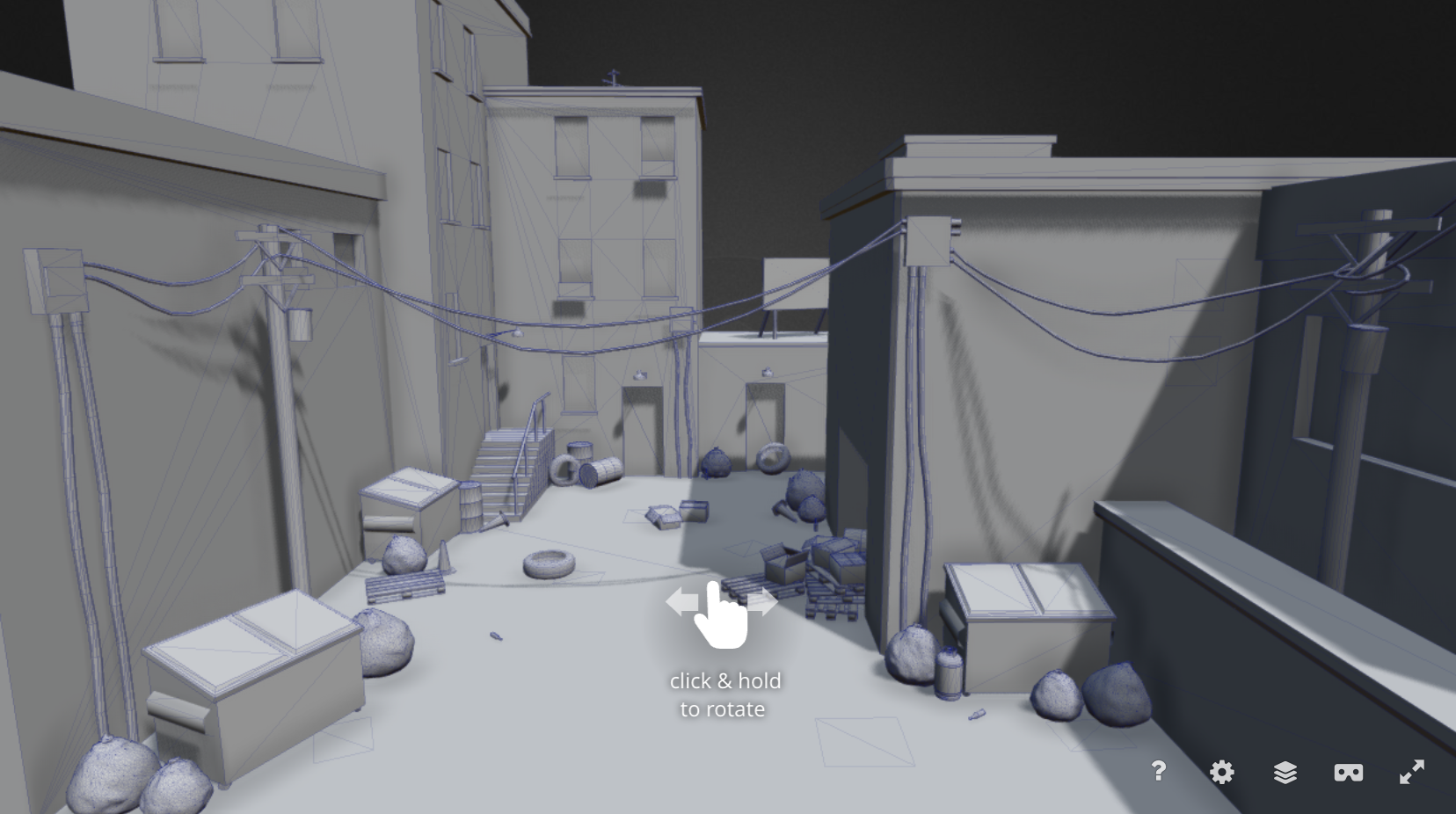
A 3D model of a scene. Source
- Photobashing — Blending Photos with Digital Painting
It helps to quickly create a realistic concept, save time, and achieve convincing detail. Photobashing is often used for environments, vehicles, and props.
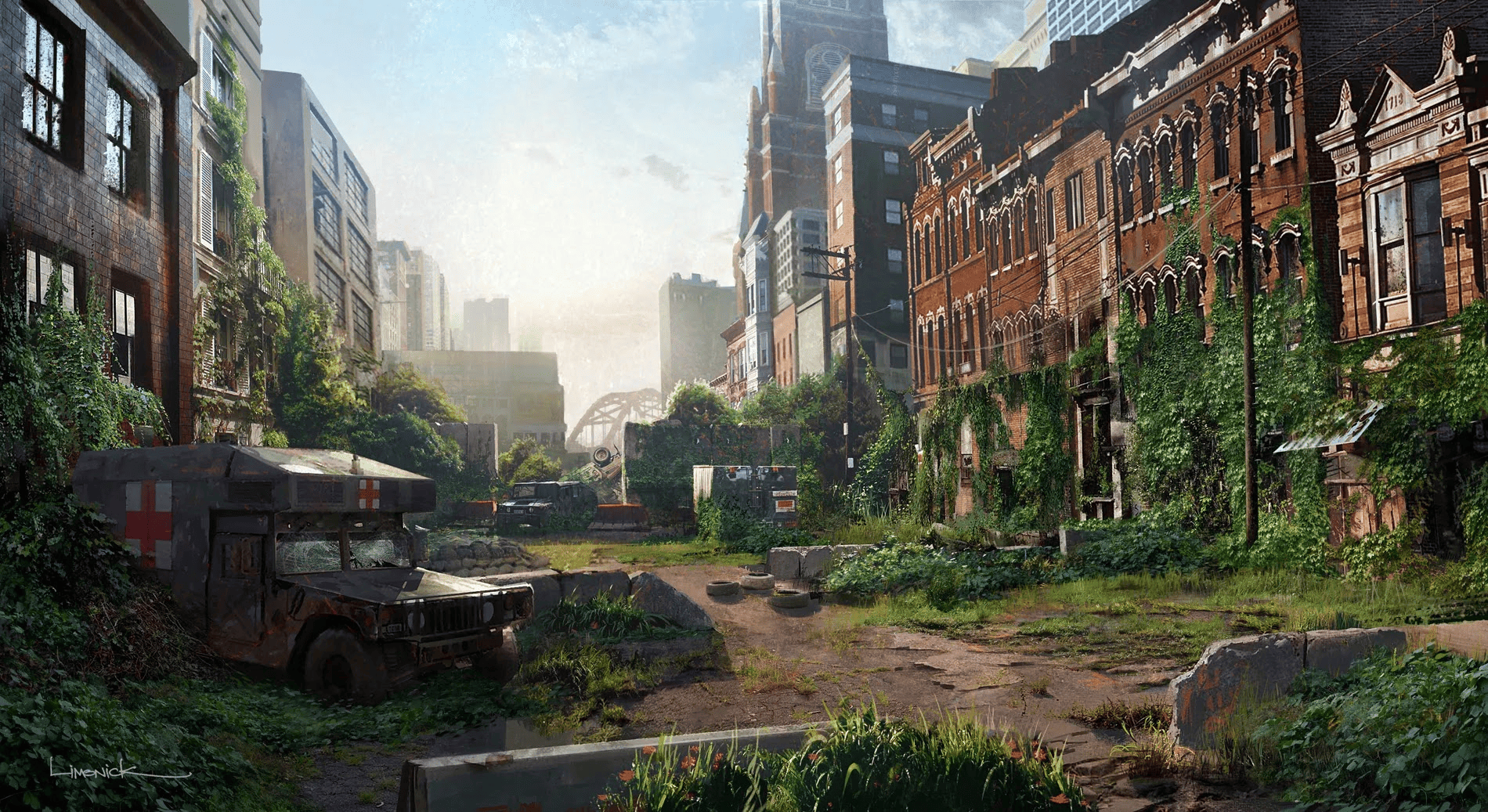
Photobashing example: added details to a photo. Source
The choice of tools depends on the development stage, project style, and the concept artist’s tasks. But in the end, it’s not about the software—it’s about how the artist harnesses its power to craft compelling, coherent, and atmospheric visual design.
How to Create Impactful Video Game Concept Art
To make concept art truly effective, it’s not just about following the steps—from gathering references to the final render. You also need to keep in mind a few less obvious, but crucial principles:
-
Think Like a Team Player
A concept artist works at the crossroads of multiple departments: game design, narrative, 3D, animation. That’s why it’s essential to understand early on how your design will be used. For instance, an anatomically complex monster might look epic in an illustration, but be nearly impossible to animate within production deadlines.
-
Check the Silhouette and Readability
One of the golden rules: your design should be recognizable even in black and white, without any details. A strong concept reads well even at a small scale. This is especially vital for in-game characters and weapons, because they need to stand out clearly against the environment and from a distance.
-
Embrace Change
A single concept is rarely the final version. Great concept artists offer multiple options: different shapes, styles, angles, emotions. This speeds up decision-making and helps the team discover the right visual language. Even if the client is confident in the brief, exploring variations often leads to a more captivating result.
Conclusion
Video game concept art is the bedrock of visual design; you can’t build a cohesive, immersive, or high-quality game without it. It’s not just about aesthetics; it’s about structure, communication, and driving the entire production process forward.
If you’re looking for concept art that will inspire players, empower your team, and lay the groundwork for a powerful game—turn to INLINGO. We know how to transform ideas into visuals that truly deliver.


